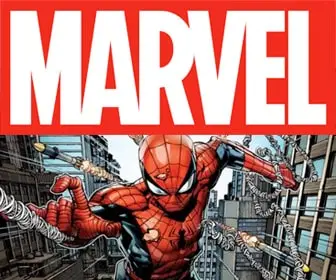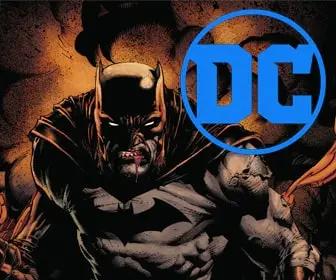
Create Your Own Comic: Mastering the Art of Penciling
Welcome back to our segment, “Create Your Own Comic,” where we dive into the exciting world of comic book creation! Today, we’re focusing on a crucial step in bringing your comic to life: penciling. Penciling is the process of sketching out the visual elements of your comic, from characters and settings to action lines and speech bubbles. This stage sets the foundation for everything that follows, so let’s sharpen our pencils and explore how you can master the art of penciling your own comic book.

Understanding the Role of Pencils in Comic Creation
Before diving into techniques, it’s important to understand the role of pencils in the comic book creation process. Pencilers are the first artists to translate the script into visual form. They determine the composition, perspective, and pacing of each panel and page. Their work guides the inkers, colorists, and letterers who follow, making penciling a critical step in setting the tone and style of the comic.
Materials You’ll Need
- Quality Pencils: A range of pencils from hard (H) to soft (B) grades allows for different line weights and shades.
- Erasers: Including a kneaded eraser for light erasing and a standard eraser for heavier marks.
- Paper: Use smooth, high-quality comic art boards or Bristol paper.
- Rulers and Guides: For straight lines and consistent panel sizes.
Step-by-Step Guide to Penciling Your Comic
- Start with Thumbnails: Begin by creating small, rough sketches (thumbnails) of your page layouts. This is where you’ll figure out the composition, panel flow, and basic elements of each scene.
- Refine with Roughs: Once you’re happy with your thumbnails, enlarge them to actual size to create more detailed rough sketches. This is where you’ll start defining the shapes and positions of your characters and objects.
- Finalize Layouts: Ensure that the panel layouts lead the reader’s eye smoothly through the story, with a clear hierarchy of information. Consider how you might use panel shapes and sizes to enhance the narrative.
- Character and Environment Detailing: Begin adding details to your characters and environments. Consider the expressions, body language, and clothing of characters, as well as the textures and elements of the setting.
- Add Action Lines and Special Effects: Indicate movement and energy with action lines, and sketch in any special effects like explosions or magical powers.
- Refine and Clean Up: Clean up your pencil work, making sure lines are clear and erasing any unnecessary marks. Your pencils should clearly depict the visual story, ready to be inked.
Tips for Effective Penciling
- Practice Figure Drawing: Understanding human anatomy and movement will significantly improve your character pencils.
- Study Perspective: A good grasp of perspective will make your environments more believable and immersive.
- Understand Light and Shadow: Even in the penciling stage, thinking about light sources and shadow can add depth to your scenes.
- Keep the Narrative in Mind: Every visual choice should serve the story. Make sure your pencils enhance the narrative, not just look pretty.
- Communicate with Your Team: If you’re working with other artists, ensure your pencils are clear and detailed enough to guide their work.
Conclusion
Penciling is where your comic starts to take visual form, combining artistry with storytelling. It requires patience, skill, and a clear vision of the final product. By understanding the basics of penciling, practicing your drawing skills, and always keeping the story at the forefront, you’ll be well on your way to creating compelling and beautiful comics. Remember, every great comic book artist started with a simple pencil sketch. So grab your tools and start penciling your path to comic book creation!










